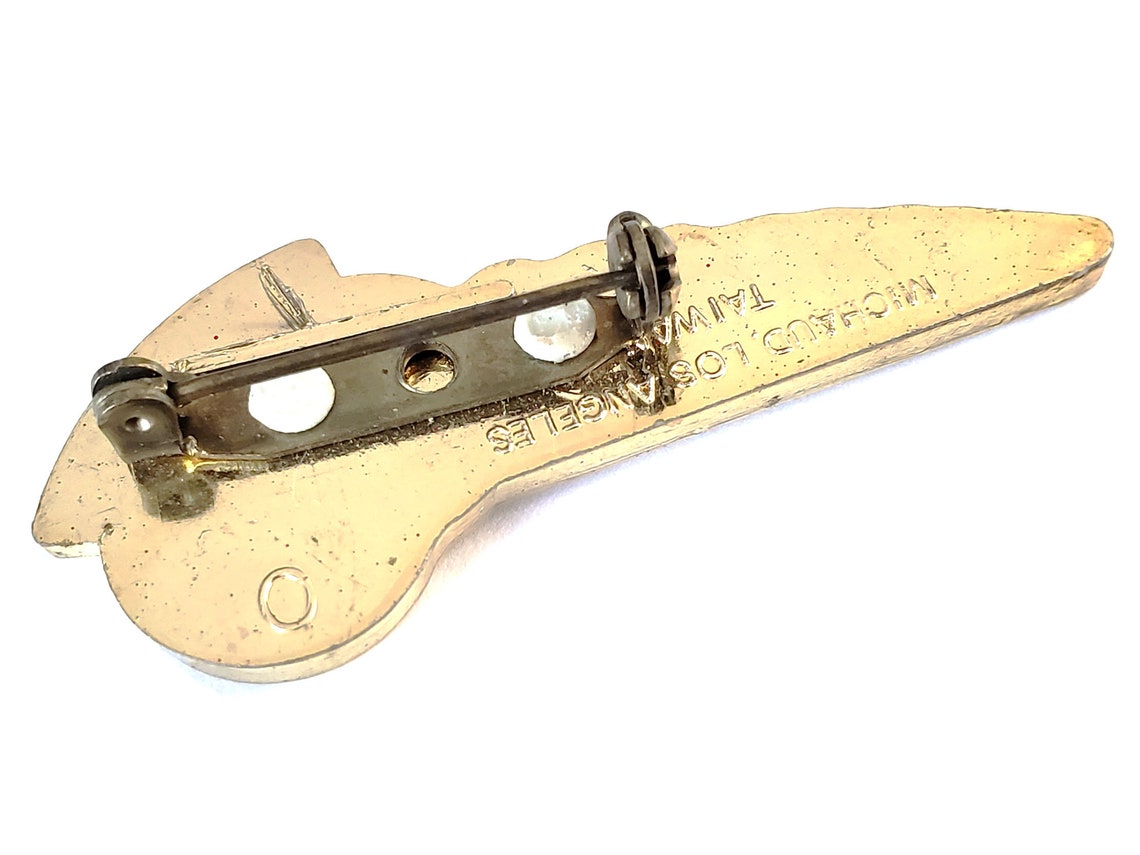

There was great excitement in being associated with Pan American Airways. At least the reservations office of an airline had seemed a closer step. The idea of traveling had long appealed to me, since working in my college library and getting lost in the National Geographic magazine racks. (Nearby, Higgins built the famous P-T boats used so successfully in the war.) I had worked in the blueprint department making good money for a teenager, with the title of Draftsman-2, when all I did was make diagrams legible. The factory only existed in case any fully productive plant was bombed. The closest I had come to any airplane affiliation was summer employment at Higgins Aircraft, a war plant in Louisiana, which never produced one plane. With WWII still going on, women were better able to obtain work. Only months before I had walked into the sales office of Pan American Airways in New Orleans, answering an ad for reservation clerks. It was the first time I had ever seen a "feathered engine," and there was no cockpit call. Normally it took only a minute or two after leaving the "blocks" before becoming airborne.Īfter the last breakfast trays were served, a passenger stopped me in the aisle and pointed to the starboard engine, saying, "Why aren't those propellers moving?" I glanced out the window and saw three blades, silent and still. The engines were put to takeoff power, brakes released, and away we went. If three bells were sounded it usually meant the steward/ess must come to the cockpit "muy pronto." The latter could mean we left a passenger or cargo on the tarmac or, what was most unwanted, an R-E-M (return due maintenance), which could be anything from a sudden drop in oil pressure to just a panel light bulb needed.Įverything was satisfactory as the co-pilot read the checklist. Two bells were for the attendant to be seated. One bell indicated the steward/ess should assure that seat belts were fastened and no cigarettes were lighted. The DC-3 had no public address system an electric bell was used for communication from cockpit to cabin.

Mariachi musicians were shaking bead gourds in rhythmic motion, so familiar to Mexico, and elevated the sound at the time of departure.

Their jollity measured up to the exciting fresco paintings on the walls. A crowd of people in a festive mood remained. Ours was the only plane at the ramp after the Boeing departed to return to New Orleans. I was on my own as stewardess for the DC-3, an airplane with two engines, and all mine from the cockpit door to the aft galley. No commercial aircraft could fly over Panama at night, to protect the Canal. We left New Orleans at night and Merida in the darkness of early morning, as all flights to Panama had to arrive before sunset. The flight was scheduled to Panama, making several stops in Central America.

We left Merida, Mexico, in the Yucatan Peninsula, after connecting via the Boeing-307 flown down from New Orleans. The DC-3 held a complement of 21 passengers, three cockpit crew, and one cabin attendant. It happened back in 1945 when I was a new stewardess flying over Guatemala. I might almost believe it from my own experience. The DC-3 was so dependable pilots swore it could land on a postage stamp. Pilots liked the DC-3 for its proficiency and ease, giving them a "hands on wheel" feel to flying, with instruments used as an aid rather than a control. Instead, earth's features could be seen-curves of mountains, colors of lakes, cars moving on roads, ocean waves crashing upon shores, and cloud formations as a sea of popcorn and powder puffs.
#Stuardess half wing windows
From its windows one seldom looked upon a flat, hazy, distant surface to the world. Without pressurization or apt sound proofing, it flew low and slow compared to larger planes to come. Most airlines called the DC-3 the "old Douglas workhorse", the reliability of which kept the owners in business. Digging a key out of a fern pot, I unlocked the screen door, lay upon the glider again to drift back in time. I only heard an engine hum that had awakened memories and a tight feeling in my heart. I looked toward what little sky could be seen between oak tree branches, but I saw no aircraft. I had been resting on the porch glider when disturbed by a distant drone that triggered an impulse to rise and take notice. The screen door slammed shut and locked as I ran down the steps of my family home. Hear it? Hear it?" As if all in the world were listening, when no one was around. Taken from the book with permission "As Pistons


 0 kommentar(er)
0 kommentar(er)
